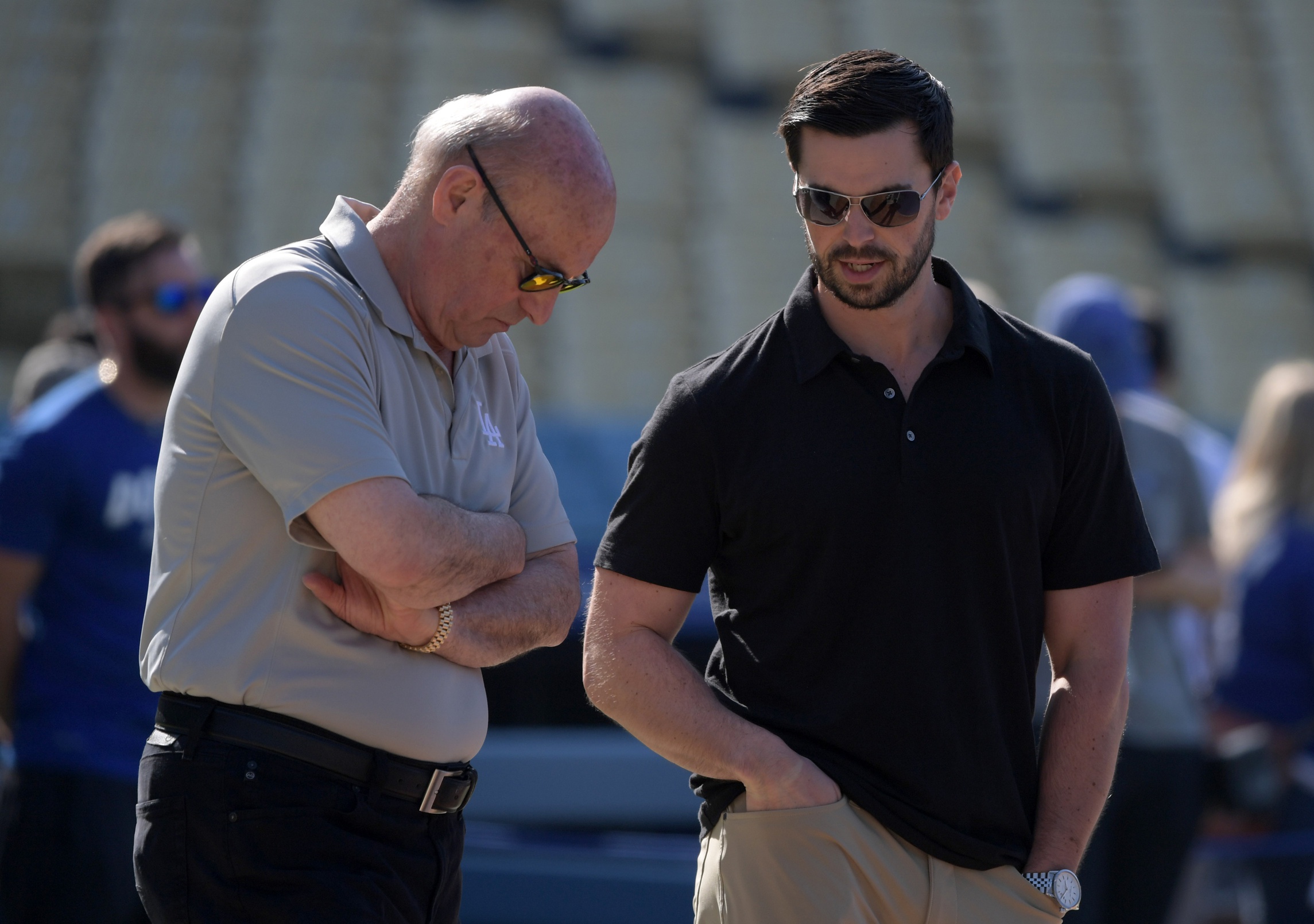The Dodgers’ current payroll situation has been the subject of wide intrigue. The signings of free agents Shohei Ohtani and Yoshinobu Yamamoto attracted attention from baseball audiences on two continents. News of Ohtani’s signing even reached the front page...

The Dodgers’ current payroll situation has been the subject of wide intrigue. The signings of free agents Shohei Ohtani and Yoshinobu Yamamoto attracted attention from baseball audiences on two continents. News of Ohtani’s signing even reached the front page of the New York Times and resonated in the financial media as well.
When it comes to the usual questions — namely, can the Dodgers still spend money this winter? — the rudimentary rules of baseball accounting still apply. As long as their internal budget allows it, spending should be the default assumption. The Dodgers, like every team, do not reveal intricate details of their internal budget. But we do have a few basic answers about where things stand.
Exactly how much have the Dodgers committed to their 2024 roster?
A number of variables make an exact number impossible to pin down. Several of those variables involve Ohtani.
For example, the way the MLB Players’ Association calculated the average annual value of Ohtani’s 10-year, $700 million contract differs from how MLB calculates it. The two parties use different formulas, based on different interest rates, to approximate the present-day value of Ohtani’s $680 million in deferred salary. Neither of those numbers is true to the actual cash Ohtani will report on his 2025 income taxes.
Jack Harris of the Los Angeles Times explained yet another reason why Ohtani’s take-home pay is different from what the Dodgers must set aside to pay the superstar’s complicated contract:
For the next two years, the club’s only obligations will be to pay Ohtani $2 million annually in salary. Starting in 2026, the Dodgers will have to start setting aside at least $46 million per year to fund Ohtani’s deferral payments, a stipulation under MLB’s collective bargaining agreement.
Los Angeles TimesThis helps explain why Ohtani’s contract is reported differently by different media. For the simplest purposes, $2 million is correct: $70 million per year minus $68 million in deferrals. According to Harris, that will be true next season as well.
Ohtani doesn’t have the only contract whose math gets fuzzy in a hurry. For now, we have only estimates for what most players with 0 to 6 years of service time will make next season. (Tony Gonsolin and Yency Almonte are the exceptions, since they have already re-signed for 2024.) That will change between now and Opening Day, but for now the estimates will have to do.
There’s also the little matter of who will actually make the Dodgers’ Opening Day roster, but that’s a minor note. The players taking up the largest chunk of the Dodgers’ internal budget are assured a spot on the team.
So, what is the Dodgers’ 2024 payroll number?
RosterResource.com is estimating $286 million for luxury tax purposes.
Cot’s Baseball Contracts is estimating $288 million for luxury tax purposes, and $229 million for year-end payroll purposes.
What about the luxury tax?
According to the Collective Bargaining Agreement that went into place before the 2022 season, teams that spend more than $257 million next season will be taxed on the overage. How much tax they must pay depends on several factors.
In the Dodgers’ case, their payroll has exceeded the minimum Competitive Balance Tax (popularly called the “luxury tax”) threshold the last three years. Teams incur higher taxes for each consecutive season they exceed the minimum threshold. That means Dodgers will be taxed at a higher rate in 2024 than they were in 2023.
Last year, the Associated Press reported the Dodgers owed $32.4 million on a 2022 luxury tax payroll of $293.3 million. That was down slightly from their $32.6 million penalty for 2021. Because the Dodgers lowered their payroll prior to the 2023 season, their next tax penalty might be lower as well.
As for 2024, it’s shaping into an expensive season already. The Dodgers won’t pay a tax on the posting fee they paid to negotiate with Yamamoto — that $50.6 million goes directly to the Orix Buffaloes — but that adds to the non-payroll expenditures teams routinely pay.
The Dodgers’ off-season spending spree might push their payroll outlay to new heights. In 2015, they were taxed on a $297.9 million payroll, according to Cot’s.
The Dodgers’ 2024 roster isn’t quite there yet, but it’s getting close.
Photo Credit: Kirby Lee-USA TODAY Sports
Are you subscribed to our YouTube Channel? Subscribe and hit that notification bell to stay up to date on all the latest Dodgers news, rumors, interviews, livestreams, and more!


